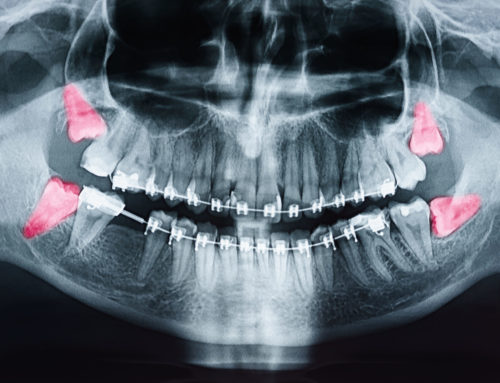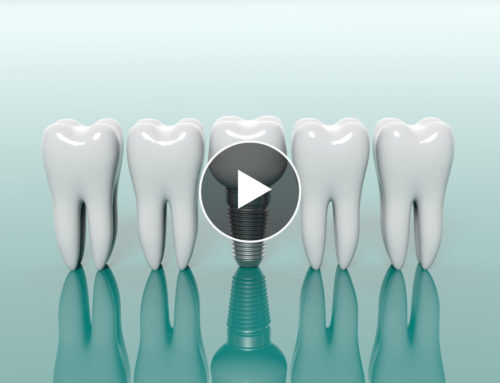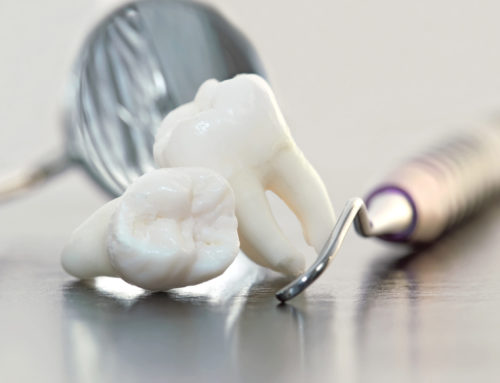 If you had a severely infected tooth, you likely would have had a root canal completed in order to remove the infection and to seal the tooth with a filling. While root canals are highly effective treatment options, there are times when the infection doesn’t want to go away even after a root canal has been performed.
If you had a severely infected tooth, you likely would have had a root canal completed in order to remove the infection and to seal the tooth with a filling. While root canals are highly effective treatment options, there are times when the infection doesn’t want to go away even after a root canal has been performed.
That’s because root canals are complex, as the main canal will have many small branches, so it is possible that infected debris can remain in those tiny crevices.
If your tooth becomes infected again after the root canal has been performed, it is likely because there is a problem near the apex – or tip – of the tooth root. Your dentist will likely want to schedule an apicoectomy in order to fix the problem and to save your tooth. Without this intervention, you could ultimately need to have your tooth extracted.
During the apicoectomy procedure, your oral surgeon will fold back the gum away from the tooth in order to access the root and remove the infected tissue and end of the root tip. A dye will be used to highlight fractures and cracks, if any exist.
The tooth’s canal will be cleaned and sealed before the tissues surrounding it are stitched back into place, and the entire procedure will take anywhere from 30-90 minutes to complete.
After your procedure you may notice some bruising and swelling, but you can care for this by taking over-the-counter pain medications. You should avoid brushing in the area, smoking, or eating hard foods in order to allow for healing, and you should be gentle with your mouth until the stitches are removed in 2-7 days.
After the procedure, your tooth pain should subside, and you should no longer have issues regarding discomfort and infection in that tooth, preventing the need for future procedures.
Please contact us if you have any questions about an Apicoectomy.





